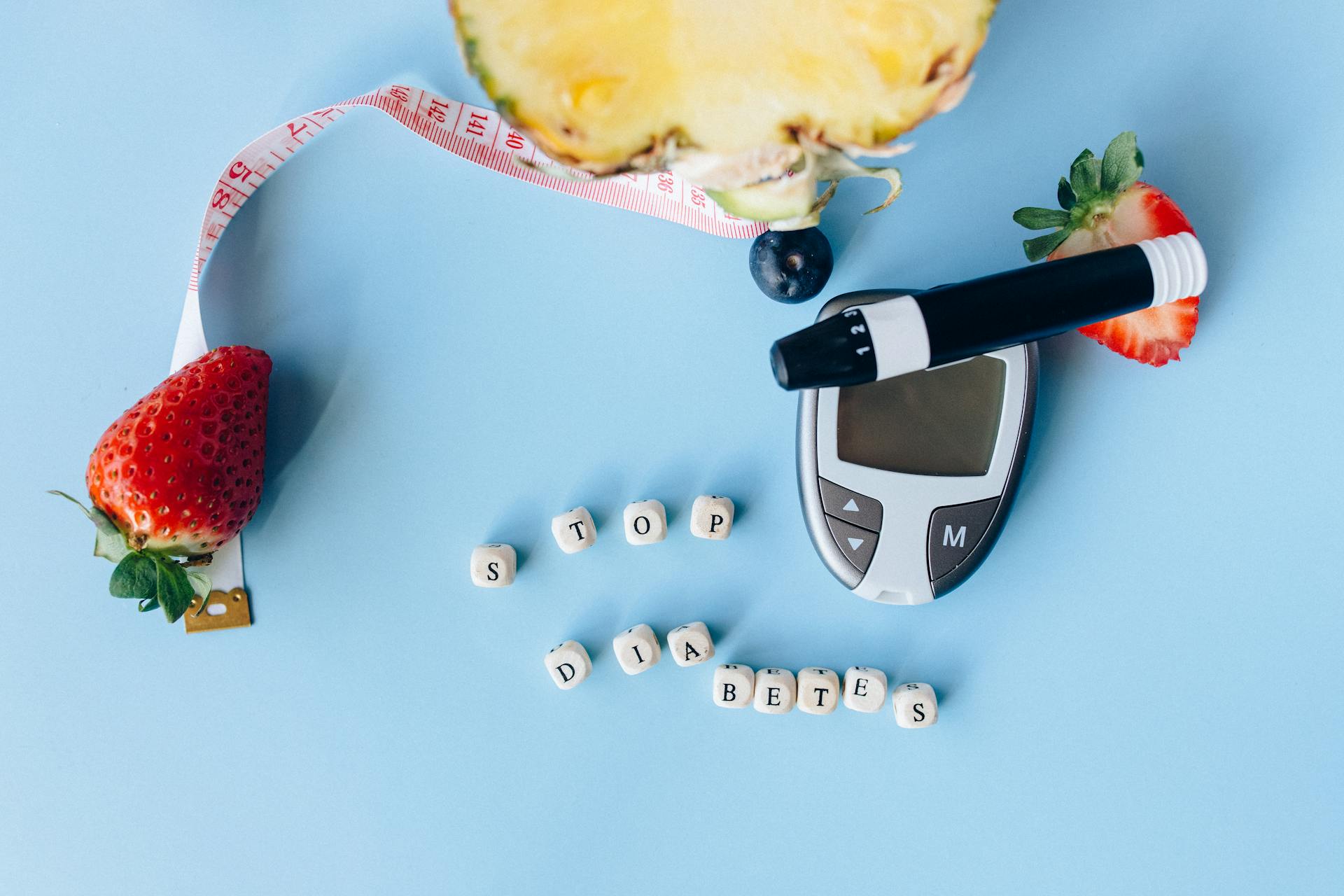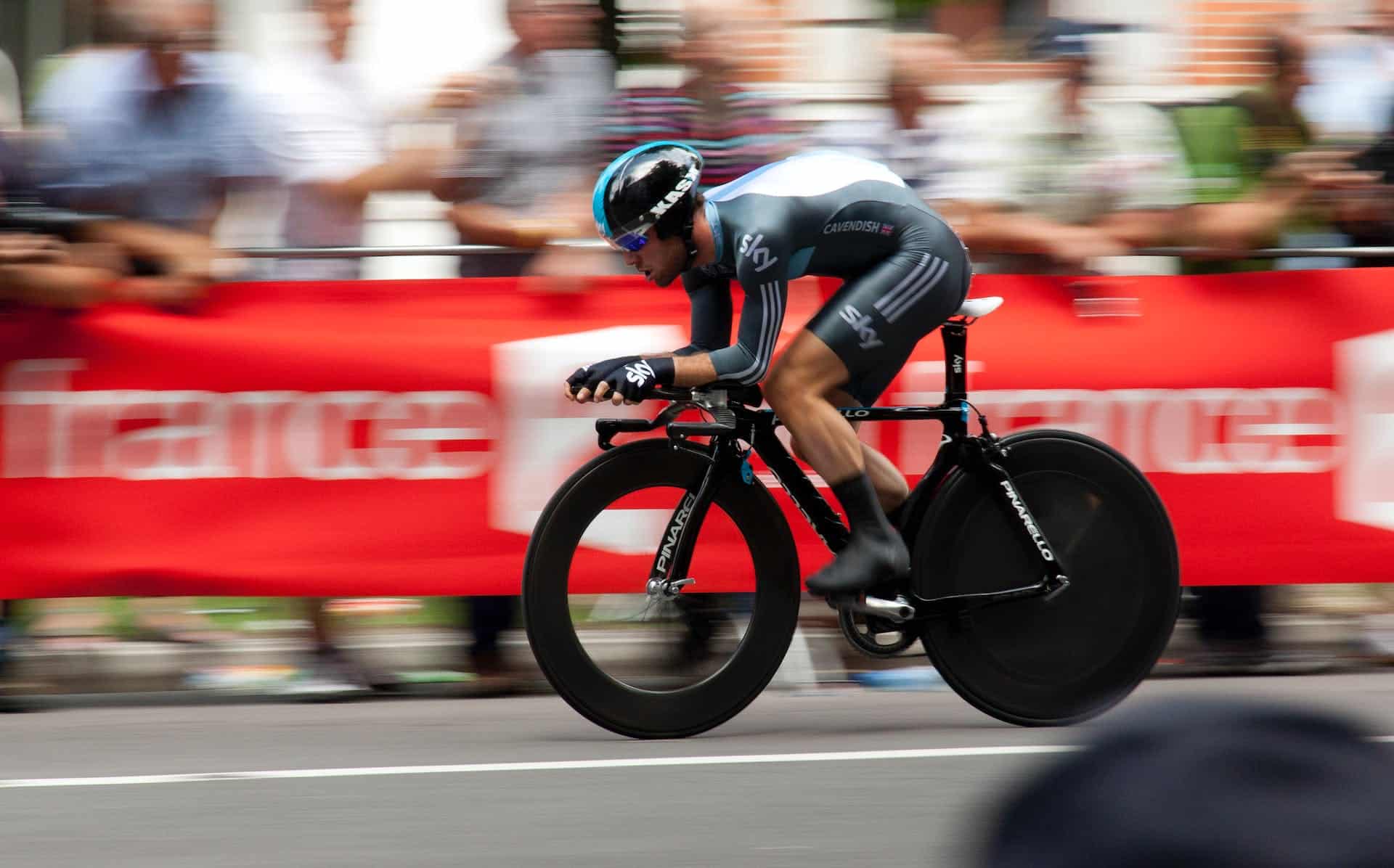The number of Americans over age 60 is predicted to double by 2060 – bringing the total retirement-age population to 98 million people. The swell in this patient demographic has several implications for care delivery methods and the allocation of healthcare funds.
Elderly patients are more likely to grapple with chronic illnesses like diabetes and receive long-term care in senior living communities or in hospices. Additionally, older patients – whether receiving care at home or in facilities – often struggle with depression and loneliness. New technologies in the field of active aging can help negate these emotions and improve quality of life.
We may be tempted to brush off elderly patient populations as inept at technology, but we shouldn’t be so quick to underestimate them. Americans aged 50 and older generate roughly $7.6 trillion annually in economic activity, and will only continue to grow. To capitalize on this expanding market, the “active-aging” industry has emerged. This market includes patient safety and smart technologies, as well as remote monitoring and fitness devices – and is expected to be worth $30 billion by 2022.
Healthcare technologies for older Americans
Proactively engaging older Americans in their own health and wellness through technology is one way to improve longevity and quality of life while allowing this population to remain independent and active as they age.
Remote monitoring devices
Remote monitoring devices are one of the most obvious high-profile solutions for tracking and improving the health and safety of geriatric patients. These technologies include a variety of healthcare devices – like wearables, glucose monitors, and pacemaker implants – that can be controlled through smartphone apps and send data directly to care providers.
Smart watches can empower elderly patients to set medication alerts and stay active. These devices also provide location-tracking capabilities for patients living with Alzheimer’s. While FitBit and Apple devices garner most of the spotlight—particularly when it comes to fitness tracking—there are a variety of applications for this type of technology.
Nectarine, for example, is a smart wristband that aims to improve care for geriatric patients. The wristband monitors everything from a wearer’s sleeping and eating patterns to detecting motion changes that may indicate a trip or fall and can notify a specified caregiver of changes in behavior patterns or in an emergency.
No area is off-limits for remote monitoring technologies – even the bathroom. Toi Labs is currently running clinical trials of TrueLoo toilet seats in senior living communities. These digital toilet seats contain sensors that detect who the user is, and scans waste to detect dehydration, urinary tract infections (UTIs), irritable bowel syndrome (IBS), C. diff, and other gastrointestinal and urinary issues.
Automated devices like these allow patients and providers to access real-time health information and stay ahead of potentially life-threatening changes in heart rate or blood sugar. These tools are particularly helpful for older Americans living alone, who may not have immediate access to assistance in an emergency.
YOU MAY ALSO LIKE
- Apple Watch 4 can detect D’OXYVA’s benefits
- Researchers Identify Underlying Main Causes of Brain Damage, Dementia and Potential Breakthrough Solution (Part I)
- Award-winning documentary hosted by actor Dennis Quaid invites Circularity to talk about D’OXYVA
Medical device market share by vendor installs
Fig 1 Image taken from the DHC Visuals LOGIC platform within Definitive Healthcare’s product suite. The chart features the top 10 most-installed medical devices by vendor. Data accessed on Jan. 7, 2020.
Medical device market share by product installs
Fig 2 Image taken from the DHC Visuals LOGIC platform within Definitive Healthcare’s product suite. The chart features the top 10 most-installed medical devices by product. Data accessed on Jan. 7, 2020.
Virtual reality
Virtual reality (VR) isn’t just for gaming anymore. Developers are using VR technology to help mitigate depression and feelings of isolation for geriatric patients living alone or in senior communities.
Specialists work with patients one-on-one or in groups, providing opportunities to relive positive experiences and make new connections with others living in the same community. VR programs like Rendever offer reminiscence therapy, which allows users to virtually revisit childhood homes and other important locations, and group experiences that let users digitally travel to locations all over the world.
Physical therapy treatments are also benefiting from VR technology. Neuro Rehab VR leverages machine-learning to customize activities and exercises to each patient’s recovery goals and current ability. This makes physical therapy more like a game, with trended scoring and metrics that encourage patient progress.
Smart home devices
Smart speakers and voice assistants like the Google Home and Amazon Echo have become more popular and widely accessible in recent years. These devices allow users to set timers, play music, control home lighting, and more – just by asking. Despite privacy concerns from skeptics, Americans continue to install smart speakers, video doorbells, smart thermostats, and other devices that make our lives easier by learning from our habits.
Elderly users and their caregivers can program smart speakers to set morning alarms and daily medication reminders, make phone calls to family members or emergency services – and respond to user questions (such as, “what’s today’s date?).
In 2018, the ElliQ from Intuition Robotics became the first social robot made specifically for older adults. The digital companion robot combines touch screen and voice assistant technologies that enable seniors to make video calls, set medication reminders, arrange appointments, and even play games.
Engaging elderly patients in healthcare
Older Americans are at a disadvantage when it comes to technology. Often, it is geared toward younger audiences that grew up with these devices or have had significant time to integrate them into daily life. To ensure that geriatric patients are able to use this technology effectively for personal health management, developers must create their devices with this audience in mind— with simple interfaces and clear instructions that require minimal training.
Reference: https://blog.definitivehc.com/is-active-aging-the-new-frontier-for-healthcare-technology
HOW D’OXYVA CAN HELP?
D’OXYVA is the only fully noninvasive, completely painless over-the-skin microcirculatory solution that has been validated to significantly improve microcirculation.
The improvement of microcirculation, i.e., blood flow to the smallest blood vessels, benefits one’s health, immune system and overall sense of well-being in a variety of ways.







